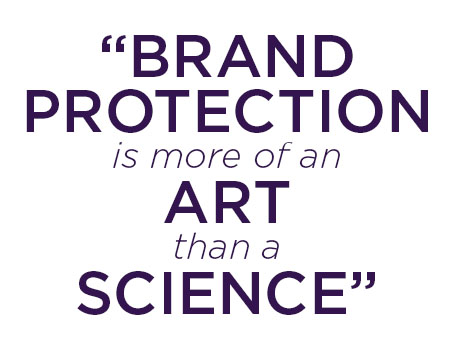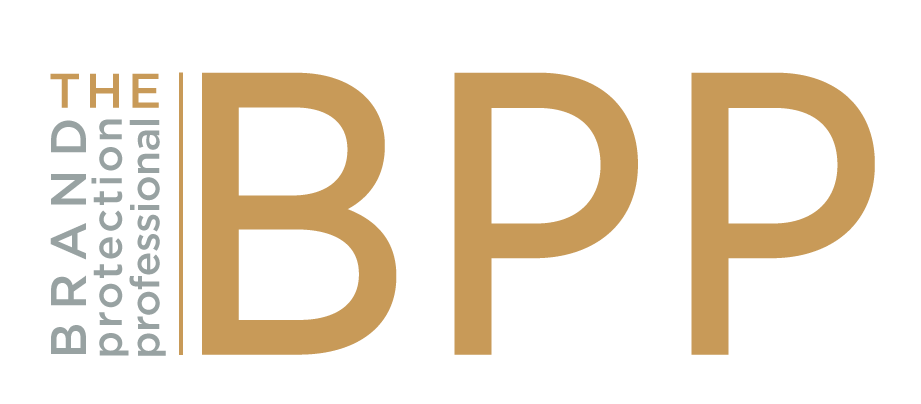Leah Evert-Burks
Managing Editor and Industry Fellow, Center for Anti-Counterfeiting and Product Protection
Michigan State University
Brand-protection professionals understand the worth of their work, but must demonstrate it to the bottom line. We asked Zohar Ziv, the former COO for Deckers Outdoor Corporation, how brand protection professionals should talk to their CFO/COO.
Thank you for sitting down with me today to discuss this important issue. First and foremost, what does a CFO/COO need to understand about brand protection?
One of the CFO’s responsibilities is to provide the resources for the company to grow and to protect those resources. So I think it begins with an explanation on why we’re doing it. Why do we care? What does it entail? And, clearly, how much is it going to cost and what is the ROI?
What information would you need to understand the risks presented by counterfeit products?
One, harder to quantify, is brand image. You probably have to use separate terms, the counterfeit and the obvious fake. When consumers know that they buy a fake item, that is one thing, but when they don’t know, that is what we are more concerned about. Then it’s damaging to the reputation of the company. And what are the lost revenues? In China at the Silk Market, you can buy a pair of UGG or Louis Vuitton bag for $20, and you know it’s a fake. Nobody cheated you. You will never hold Deckers or Louis Vuitton accountable for the quality of the product. But if it’s a counterfeit you bought from the internet and thought was real, there is a potential loss of sale to the company. Is there a way to quantify those sales? Can we say we lost $10 million in revenues, but if we had spent $100,000 we might have received those revenues?
You don’t see the fakes you might buy on the street as true competitors?
Right, because I think one that’s paying $20 is buying because he/she can’t afford a $150 item. That would be an interesting marketing study: If you hadn’t bought that fake [counterfeit], would you have bought it full price?
How often do you want to hear from your Brand Protection Department?
You need to have an ongoing monitoring and reporting system and then I always said, “My door is open.” Customarily I had scheduled monthly meetings and reports [but] if you are dealing with a raid with Customs or in a factory or if you are negotiating a deal and need a decision right away, let’s not wait for our monthly meeting. Brand Protection also issued a Quarterly Report on what we have achieved this quarter, what we planned on doing, what is our plan for the remainder of the year.
What information do you need to convey to shareholders or partners?
You have three different groups to communicate with. First, the consumers, the end users who buy our shoes are probably the most important group. Second, our customers – for Deckers that’s retailers Nordstrom, REI, and so forth. Third are shareholders who are concerned about the overall protection of the company, assets and the impact of counterfeiting. The shareholders are happy if the consumers are happy.
For every group, you need a different communication strategy. You need to educate and inform consumers. As when we talk about UGG: was it real sheepskin? Was it twin-faced? How will you prevent yourself from buying a fake without knowing it? It’s the people who thought that they were buying the reals thing that you need to educate on what to do if they find a counterfeit. To our customers, we have to show a commitment to brand protection, because that’s impacting them as well.

Do you think that brand protection is understood by board members?
You may have board members who never have been in a brand or footwear. So just like we educate them about supply chain of shoemaking, you do the same with brand protection. There are always some questions on why are we doing it?
How do you think return on investment should be measured in brand protection?
No metric is going to be 100% accurate. We shouldn’t think, “Here is the perfect formula,” and follow it. If you tried to make it too precise, you would lose some of my trust. Many times it’s more of the trend and the magnitude versus the precise number. The more factual data you have, the more meaningful it is. Remember we’re linear, so you can have metrics such as the number of units, number of countries, and measure those. Don’t try to say, “Today we saved one million dollars.” That’s not the real issue. It’s the sheer size and demand for the brand. Don’t just present numbers. If you say “We caught 50,000 in pairs,” what does it mean? Can we say where were they caught? Where were they going to? What have we seen in the past? Let the CFO/COO see the implication. Here are 50,000 pairs sold at $100, this is the $5,000,000 in sales that could have been. We’re not saying we would have saved $5,000,000, but just showing the magnitude of things.
So more of the back story and narrative?
Yes. And when you start a brand-protection program, sit down with the CFO and explain why you are doing it. It’s like cyber security: every company today has it in their budget. Establish that expense in the budget and then you can say we will spend X dollars. It’s the people, the program, and the monitoring, so just build it into your budget.
Do you favor a proactive or reactive program?
I would break it into two. The fixed one would be proactive, the one you keep all the time, like monitoring the websites, the in-house staff, or putting QR codes on the products for consumers. This is the baseline. Then in the reactive dial it up or down based on need. Like if tomorrow you see a big pick-up of activities in Indonesia, you’ve got to be more reactive to that area.. Brand protection is more of an art than a science.
Thank you again for your time and for providing such valuable guidance.
Zohar Ziv has worked in the area of corporate finance for over 25 years in a variety of industries including oil and gas, heavy equipment manufacturing, medical supplies, hair products and the last 9 years as CFO and then COO for footwear company Deckers Outdoor Corporation (dba Deckers Brands).
THE BRAND PROTECTION PROFESSIONAL |SEPTEMBER 2016 | VOLUME 1 NUMBER 1
2016 COPYRIGHT MICHIGAN STATE UNIVERSITY BOARD OF TRUSTEES
